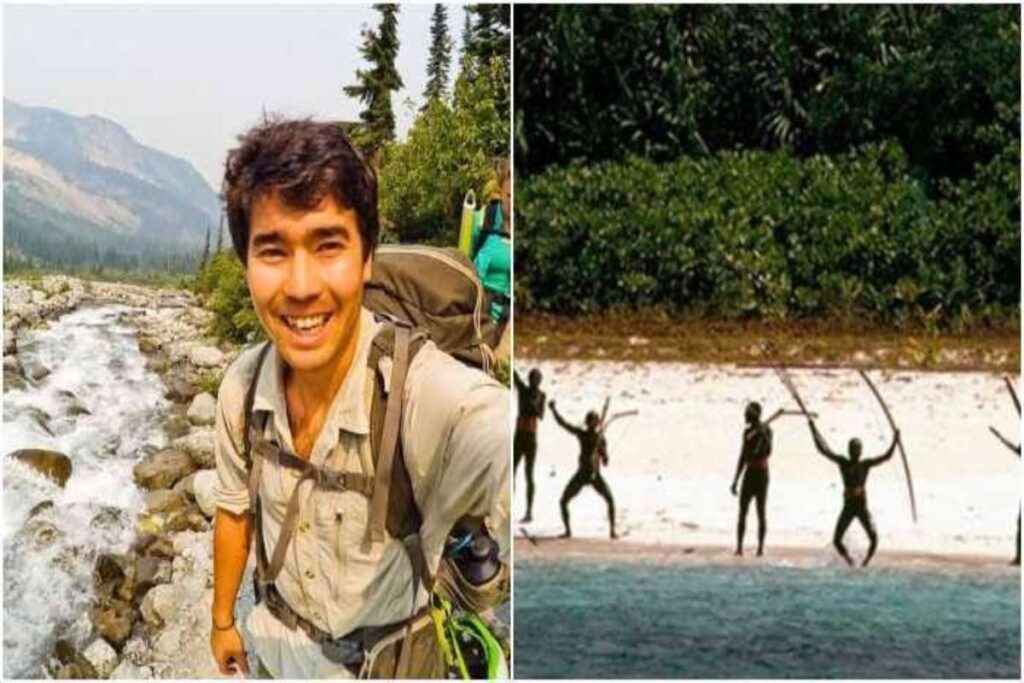North Sentinel Island is a no-go area!
So imagine the shock of its inhabitants when a preacher illegally approached its shores in 2018.
Yes, illegally. That’s because the Indian government has officially declared the place off-limits. It’s a crime to visit the island.
But this could not quench the passion in 26-year-old missionary John Allen Chau. The minister was determined to enter the place, regardless of the danger.
North Sentinel has all it takes to become a regular island. But fate had other plans.
In November 2018, he approached the island in a small kayak, sure that he could convert the estimated 500 inhabitants. Unfortunately, the journey turned out to be his last.
According to eye witnesses and his personal journals, on arrival, the Clergyman was killed by arrows, dragged into the woods, and buried. The death of the preacher has reawakened curiosity about North Sentinel.
Why was Chau killed, and why has the island remained untouchable?
Why Is North Sentinel Island Illegal to Visit?
In the Bay of Bengal, North Sentinel Island sits in the Andaman and Nicobar Islands chain. The island lies just between India and Myanmar.
Approximately 59 square kilometers in area, it is about the size of Manhattan. North Sentinel has all it takes to become a regular island. But fate had other plans.
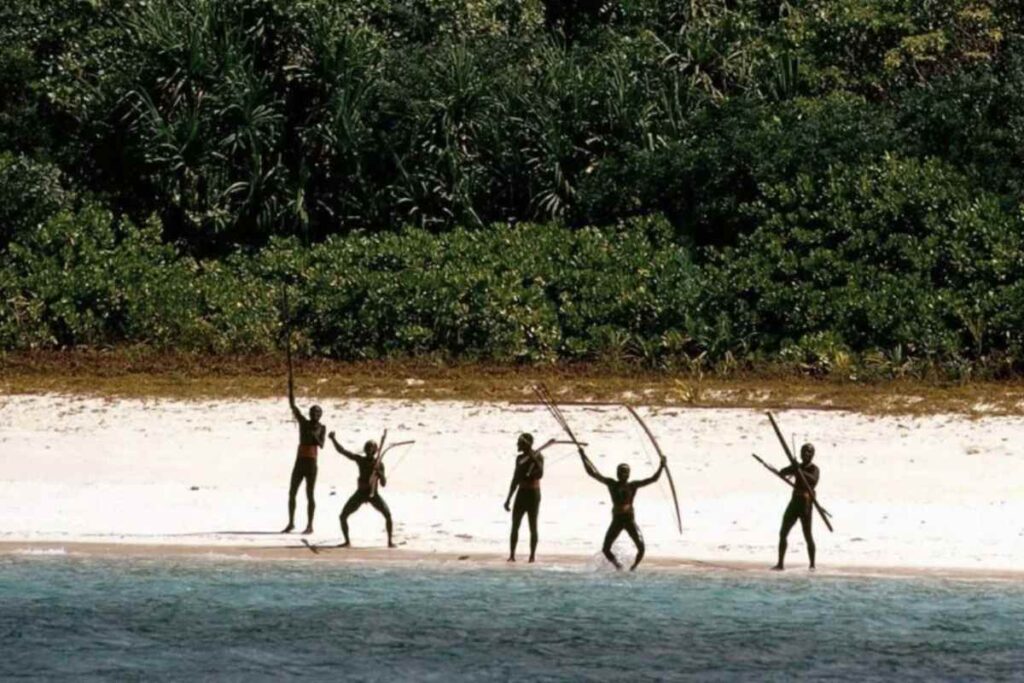
Its people, the Sentinelese, have a distinct culture and language that differs from that of their Andaman neighbors. This is mainly as a result of hundreds of years of isolation.
Believed to have emigrated from Africa tens of thousands of years ago, the inhabitants make a living from fishing and hunting.
They are great with spears and arrows and are comfortable with their solitary status. Many experts believe them to be the most isolated tribe in existence, thanks to its big brother, India.
There is a 5-kilometer no-go boundary around the island. This is so that visitors can only see it from afar, but cannot enter.
India has maintained its sovereignty over the island for many decades, protecting it from external influence. But it was in the 1950s that the island was officially declared forbidden and out of bounds.
India secured this under the Andaman and Nicobar Islands (Protection of Aboriginal Tribes) Regulation (1956).
Consequently, there is a 5-kilometer no-go boundary around the island. This is so that visitors can only see it from afar, but cannot enter.
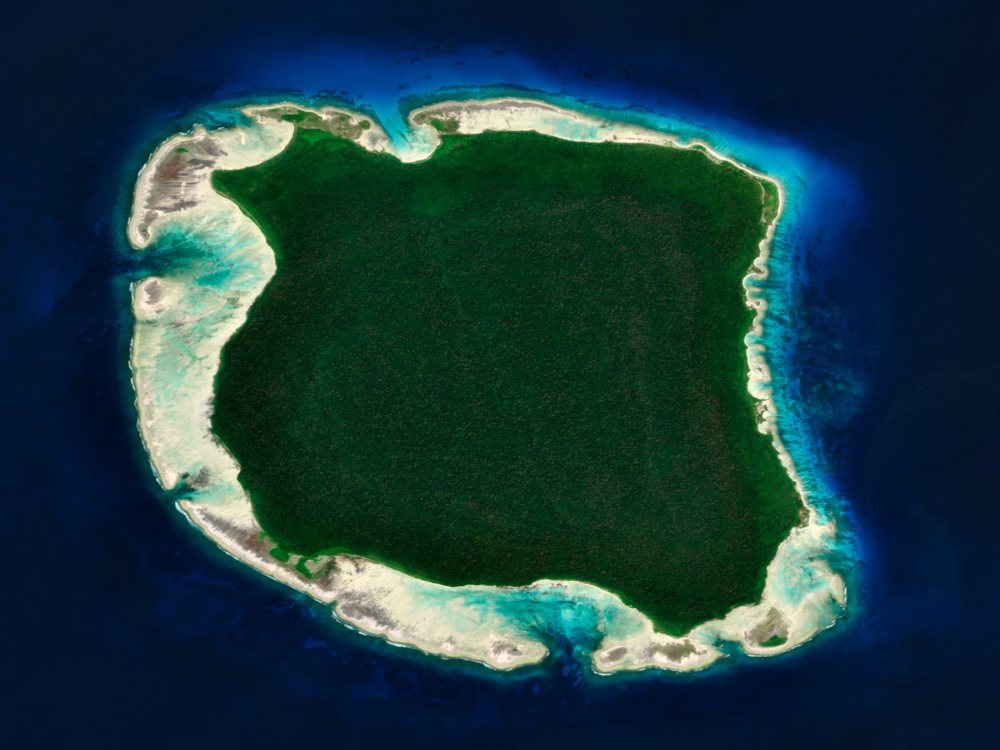
There were two significant reasons for this move.
First, it was to preserve the Sentinelese culture. Secondly, it was to protect both them and the outside world from the risk of diseases and violent conflicts.
But how easy is it to exist without contact with the outside world?
How Do the People of North Sentinel Island Live?
Not much is known about the Sentinelese way of life. The little that is known was obtained from observations made from boats positioned at a safe distance where their arrows can’t reach.
Authorities have also been lucky enough to approach the island safely a few times. They peacefully handed over coconuts to the villagers on those occasions.
Aside from their major occupations, it has been observed that the Sentinelese construct narrow boats, which they paddle using poles.
They live in three groups and in two different types of huts.
There are large huts that house many families at a time. There are also the smaller ones that can only accommodate one small family.
John Allen Chau knew what he was getting into. His journals showed that he was aware of the risk ahead.
The women put on fiber strings around their heads, necks, and waists. The men wear bigger belts in addition to necklaces and headbands.
They are almost always seen with their spears and arrows. When these weapons aren’t used for hunting, they are used to fight intruders.
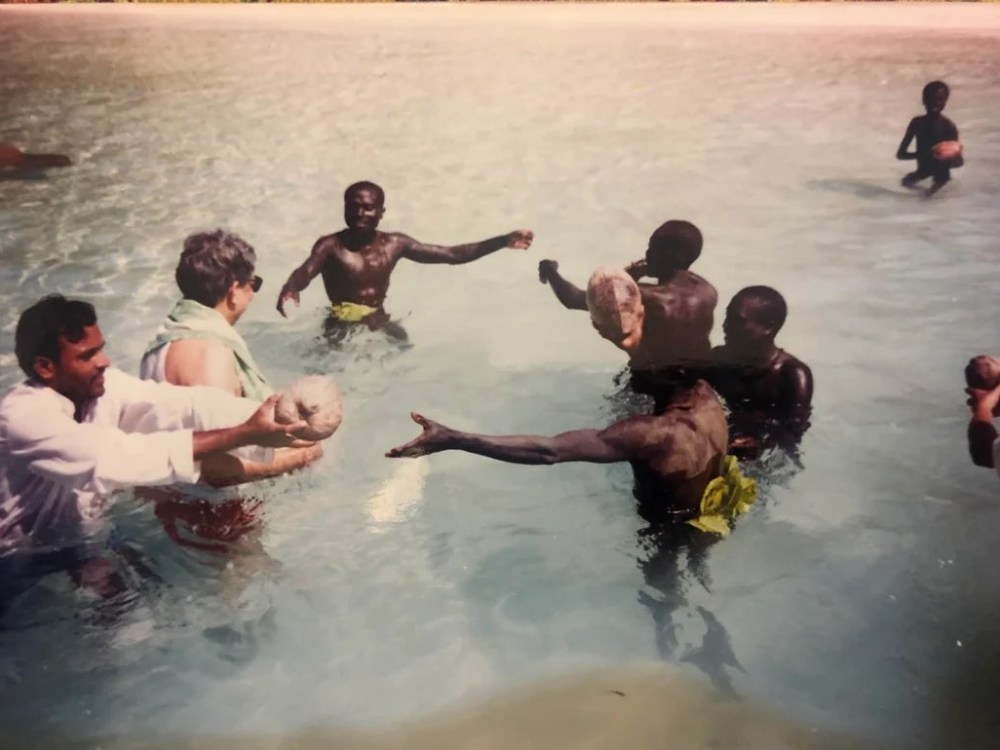
Even the Indian authorities are scared to get too close. Government officials can only conduct a census of the island by moving around it in boats and counting only those within sight.
But not everyone was afraid of the Sentinelese people. Certainly not a preacher ready to lay down his life for the gospel.
John Allen Chau’s Story Explained: A Mission Born of Conviction—and Secrecy
On that November morning, as he advanced towards the island, US missionary John Allen Chau knew what he was getting into.
His journals showed that he was aware of the risk ahead. His telephone recordings and travel patterns also revealed months of planning and spiritual preparation.
Before he ventured onto the island, Chau fortified himself. He deliberately moved into Port Blair, where he isolated himself and took vaccines.
In his journals, he stated that the Sentinelese required urgent help. He wrote that they were “Satan’s last stronghold” and needed the gospel.
He also wrote to his parents telling them “not to be angry at them or at God if I get killed.”
According to the testimony of the fishermen, they warned Chau against the mission.
Later on, with the help of some fishermen, he found his way offshore of the island. Then he moved towards the beach on foot on multiple occasions. Each time, he dropped Bible passages and gifts such as fish and a football.
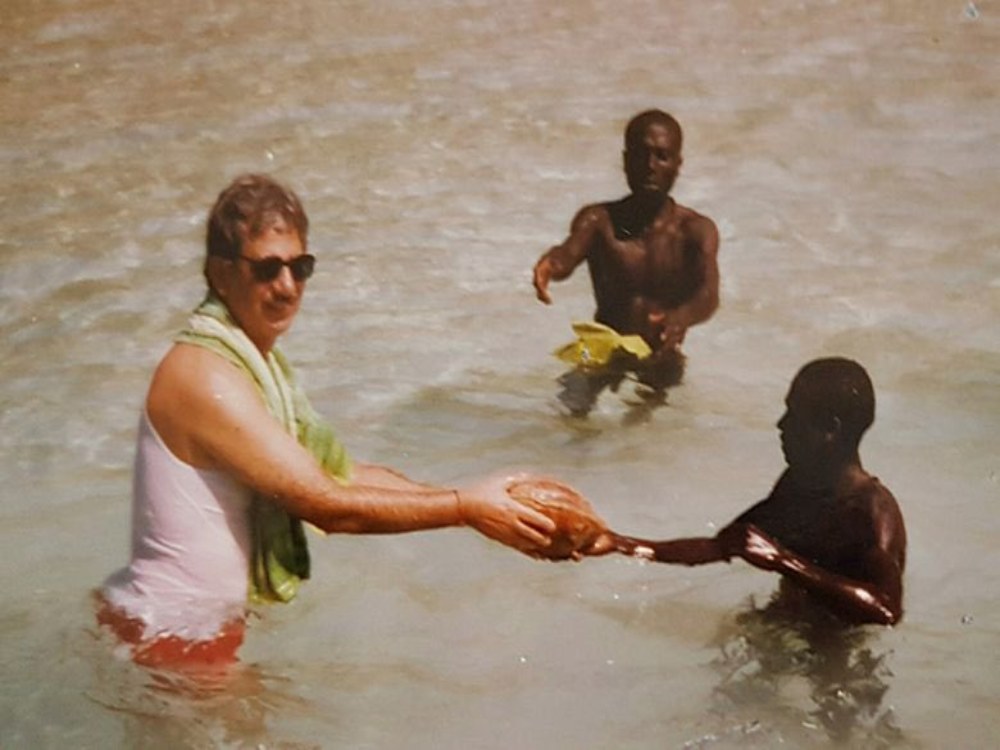
According to the testimony of the fishermen, they warned Chau against the mission. However, a number of them were arrested and charged for aiding his access to the island.
But why is a visit to the north Sentinel such a big deal, enough to warrant arrest and even death?
Martyr, Fool, or Criminal? The Polarized Responses
Chau’s visit to Sentinel was more grievous than many people realize. According to scholars and conservationists, a visit to the island is a threat to the existence of the Sentinelese.
The inhabitants of the island are reportedly susceptible to common infectious diseases. They are more prone to these diseases because, due to their isolation from the rest of the world, they have never contracted the flu or measles in the past.
Therefore, it could take just a single contact with an infected outsider to trigger mass deaths. The experience of similar tribes, such as the Amazonian and other Andamanese groups, serves as a testament to how a whole population can be wiped out within a matter of months.
The Andamanese, for example, had their 5,000-strong population wiped out by diseases such as syphilis and measles brought in by aliens who came to settle. Aside from health risks, there are fears that alien penetration can result in cultural dilution and land dispossession.
Sometimes, the greatest form of regard is to look away simply. In some cases, good intentions aren’t always enough.
For these reasons, India’s non-interference measures have received the backing of notable anthropological groups and activists. Chau’s death also divided opinions.
Among religious folks, especially evangelicals, he was hailed as a hero—a martyr who put his life on the line to save others.
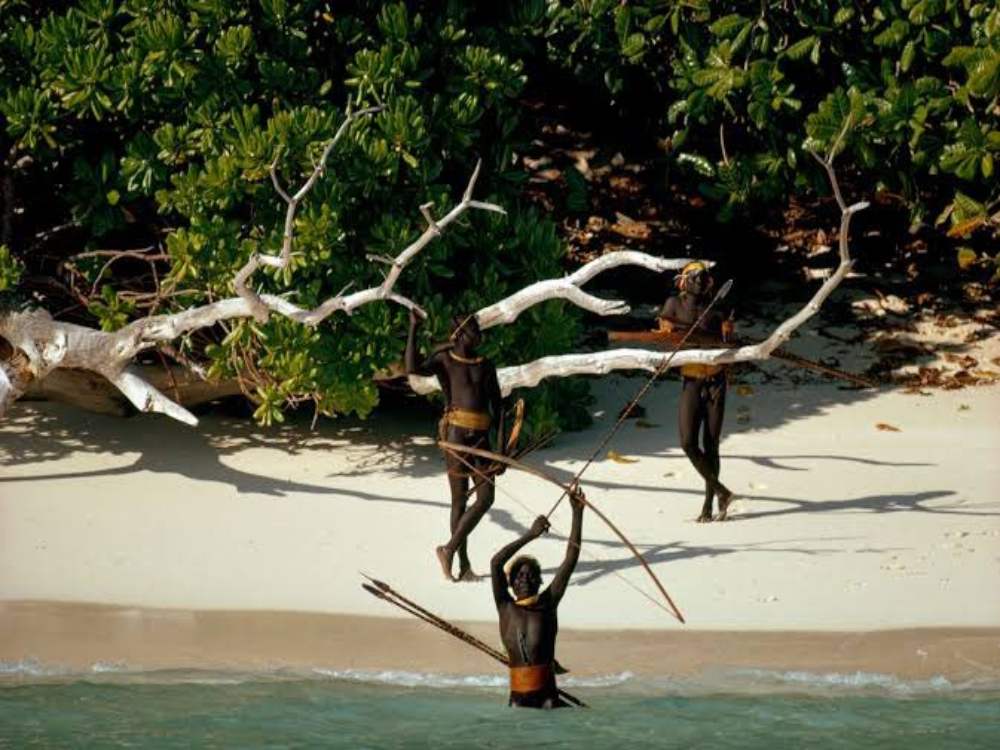
Those in this category applauded his courage and selflessness. They pointed to his gifts to the Sentinelese as acts of love that originated from the bottom of his heart.
On the other side, he was viewed as a fool who was carried away by ignorant zeal. Ethnicists, champions of indigenous rights, and even health experts see him as someone who endangered the lives of others.
The third angle is from the Indian government. There, he is regarded as nothing more than a criminal who knowingly defied the law.
When Faith Collides With Isolation and Survival
Both sides of the Chau and north Sentinel Island story had convincing causes behind their actions. For the preacher, souls were at stake; for the Sentinelese, it was survival.
John Allen Chau was seeing beyond what human eyes could sense. He was seeing hundreds of souls heading for spiritual tragedy unless something drastic was done.
The need he saw was so crucial that he was ready to brave the Sentinelese’s notorious hostility towards strangers. But Chau didn’t completely throw caution to the wind.
I made sure to stay out of arrow range, but unfortunately, that meant I was also out of good hearing range,“ he documented about the first encounter with them.
“I hollered: ‘My name is John, I love you, and Jesus loves you.’ I regret I began to panic slightly as I saw them string arrows in their bows,” he wrote.
At this point, he began to retreat. “I paddled like I never have in my life back to the boat. I felt some fear, but was mainly disappointed. They didn’t accept me right away,” he added.
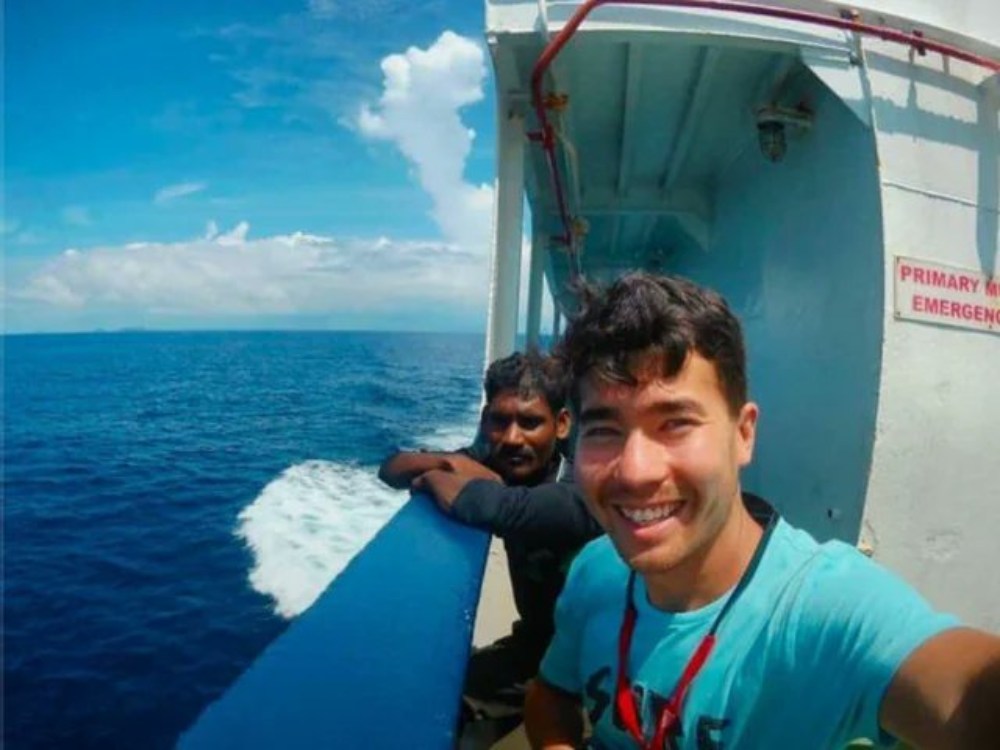
Yet, Chau never gave up. He continued to try to save the people until his death. But while he saw himself as a helper, to the Sentinelese, he was a threat to their existence.
Killing him wasn’t a careless act. It was their own way of self-defense.
Final Reckonings: Memory, Accountability, and Unanswered Questions
Not much has changed since John Allen Chau died in 2018.
North Sentinel Island is still a restricted area to outsiders. The situation is so severe that the Indian authorities couldn’t go in to bring back the missionary’s corpse.
Although there have been other similar incidents, Chau’s death has raised more questions about the island’s isolation. These concerns pertain to the rights of the isolated.
Why should contact become a crime? Should the Sentinelese be allowed to kill unwanted visitors without repercussions?
There is also the question of respecting the privacy of other people. Sometimes, the most excellent form of regard is to look away simply.
In some cases, good intentions aren’t always enough. They could be disastrous both for others and ourselves.
However, people like Chau were well aware of the risks of bothering the Sentinelese. But his passion and love for the people were greater than his concern for his own safety.
In his journal, he wrote to God, “If you want me to get actually shot or even killed with an arrow, then so be it.” For some, this is recklessness. For others, it is martyrdom at its best.
Sources and Further Reading:
- Sentinelese Population → Forbes (2018: “Everything we Know About the Isolated Sentinelese People of North Sentinel Island”)
- John Allen Chau Journals → The Guardian (2018: “Man Killed on Remote Indian Island Tried to ‘declare Jesus’ to Tribe.”)
- India Census → The Guardian (2025: “India Wrestles with How Census can Count Tribe that Shuns Contact with Outside World”)
- Sentinelese Immune System → India Times (2025: “Why No One Can Visit North Sentinel Island – and why You Shouldn’t Try it”)
Sentinelese Culture → Survival (2018: “The Sentinelese”)


